In the crisp air of late November, a scent of roasted turkey fills the halls of millions of American homes. Kitchens come alive with the bustle of basting, chopping, and baking. Across the country, families gather not just for a meal, but for a moment of reflection, connection, and thankfulness. This is Thanksgiving: one of
In the crisp air of late November, a scent of roasted turkey fills the halls of millions of American homes. Kitchens come alive with the bustle of basting, chopping, and baking. Across the country, families gather not just for a meal, but for a moment of reflection, connection, and thankfulness. This is Thanksgiving: one of the most beloved and enduring holidays in the United States. But how did this feast of gratitude come to be? Why does it hold such deep emotional and cultural weight? To understand the true story of Thanksgiving, we must travel back more than four centuries, through legend, hardship, survival, and evolving tradition.
When Americans think of Thanksgiving, the image that often comes to mind is of Pilgrims in black hats and Native Americans in feathered headdresses, sharing a feast of turkey, corn, and pumpkin pie. But the real story is both richer and more complicated. In September 1620, a small ship called the Mayflower set sail from Plymouth, England, carrying 102 passengers. These men, women, and children were primarily English Puritans religious separatists seeking a new life free from persecution. After a grueling 66-day journey, they landed not in Virginia, as planned, but far north, at what is now Plymouth, Massachusetts. Their first winter was devastating. Nearly half of the original settlers perished due to exposure, scurvy, and disease. It was only through the help of the Wampanoag people, a local Native American tribe, that the survivors learned how to cultivate the land, fish, and store food.

In the fall of 1621, after their first successful harvest, the Pilgrims held a three-day celebration to give thanks. They invited their Wampanoag allies, including the leader Massasoit, to join the feast. Historians believe the meal likely included venison, roasted fowl (possibly turkey), cornmeal, shellfish, nuts, and berries. There were no mashed potatoes, cranberry sauce, or pumpkin pie those foods would come centuries later. While this event is often referred to as “the first Thanksgiving,” it was not called that at the time. It was a harvest celebration, a tradition familiar in both Native American and European cultures. In the centuries that followed, various colonies and states held days of thanksgiving, often in response to bountiful harvests, military victories, or religious events. But there was no unified national celebration. That changed thanks to the tireless efforts of one remarkable woman: Sarah Josepha Hale.
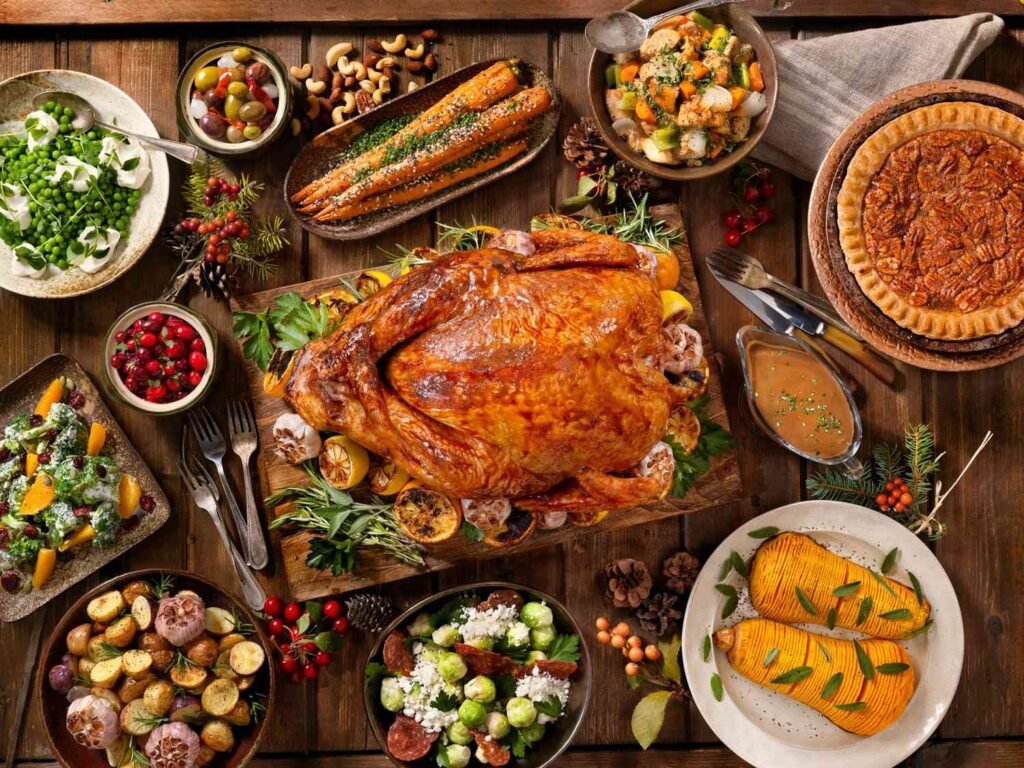
Sarah Hale, a magazine editor and author (best known for writing “Mary Had a Little Lamb”), spent 17 years lobbying for a national Thanksgiving holiday. Through her editorials in Godey’s Lady’s Book, one of the most influential publications of the 19th century, she argued that a day of gratitude would unite a divided nation. Finally, in 1863, at the height of the Civil War, President Abraham Lincoln listened. He proclaimed a national day of Thanksgiving to be celebrated on the last Thursday of November. He urged Americans to pause and give thanks “with one heart and one voice.” Thanksgiving was born not just as a harvest celebration, but as a symbol of national unity and healing. Fast-forward to the 21st century, and Thanksgiving has become a cherished, family-centered holiday that combines ritual, food, and nostalgia. Let’s take a closer look at the many ways Americans celebrate this special day. Thanksgiving is often about coming home. Adult children travel long distances, students return from college, and families gather across generations to share a meal and catch up on life. Some host “Friendsgivings”, informal celebrations with close friends in the days leading up to or after the main holiday. Others give back by volunteering at soup kitchens, delivering meals, or organizing food drives to support those in need. In recent years, many Americans have also begun to reexamine Thanksgiving’s complex legacy. While the holiday is rooted in gratitude and unity, the broader story includes the colonization of Native lands and the displacement of Indigenous peoples. For Native American communities, Thanksgiving is sometimes observed as a National Day of Mourning a time to honor ancestors, preserve traditions, and reflect on centuries of resilience. This duality celebration and reckoning has sparked important conversations about inclusion, representation, and truth in history. Many families now use Thanksgiving as a time to learn more about Native history and culture, and to acknowledge the full narrative. In an increasingly fast-paced, digitally connected, and sometimes divided world, Thanksgiving offers something rare: a chance to pause, gather, and give thanks. Whether it’s for a roof over your head, the laughter of children, a new opportunity, or the simple warmth of a shared meal, gratitude is a powerful emotion. It grounds us in the present, connects us to the past, and reminds us of what truly matters. Thanksgiving isn’t perfect. Its history is layered, its traditions evolving. But at its heart, it’s a celebration of human connection a reminder that, even in hardship, there is still much to be thankful for.

From the Pilgrims’ harvest table in 1621 to the millions of dinner tables today, Thanksgiving continues to evolve, reflect, and resonate. It is both a deeply personal and profoundly national holiday. Whether you’re carving a turkey, watching the parade, volunteering at a shelter, or simply enjoying the quiet joy of being with loved ones, Thanksgiving invites us all to slow down, look around, and say “thank you.”
Happy Thanksgiving.


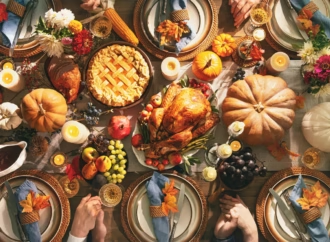
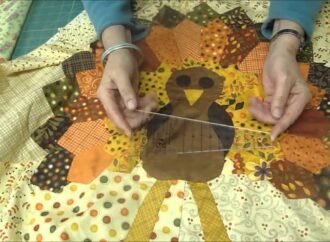
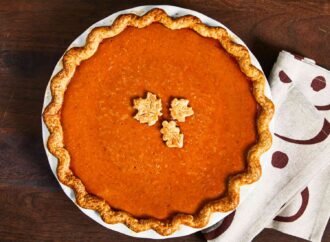
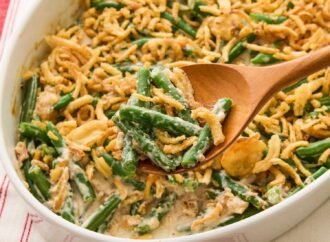

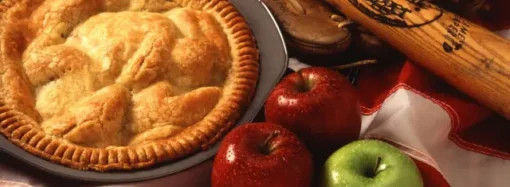


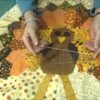






Leave a Comment
Your email address will not be published. Required fields are marked with *